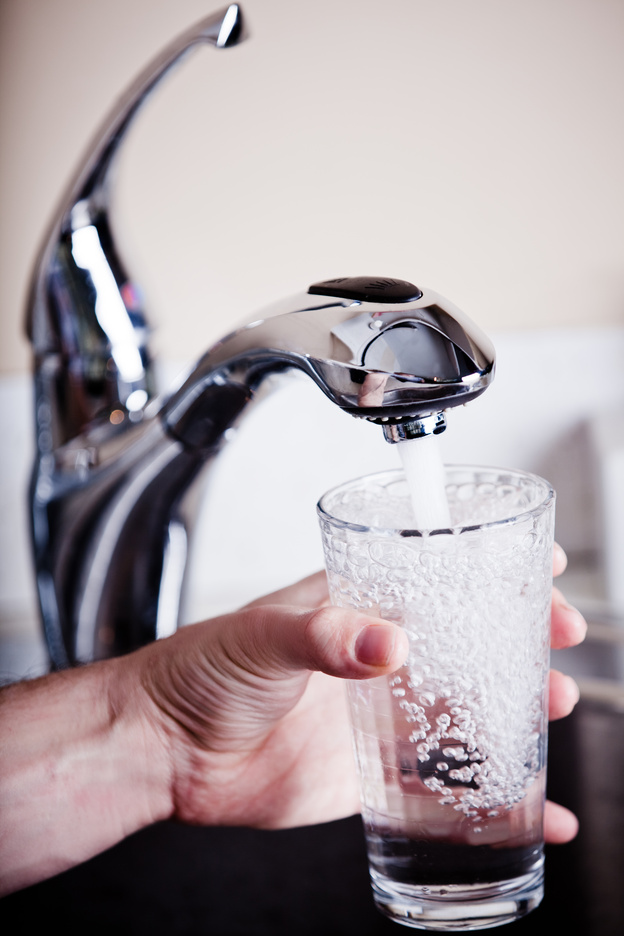Emerging contaminants
Prescription drugs, over-the-counter medications, personal care products, flame retardants, detergents and new types of herbicides and pesticides. What do these items have in common? They’re all emerging contaminants that have been detected at trace levels in drinking water.
These contaminants have been around for as long as we’ve been using them, but we’ve only recently had the technology to detect them at trace levels. Most contaminants found in drinking water fall into two categories:
- They cause adverse health effects
- They’re not harmful, but look, taste or smell bad
Emerging contaminants fall into a category of their own because they have only been found at trace levels. Supposedly, they don’t pose a public health risk, but the Environmental Protection Agency (EPA) says the risk of trace levels to humans and the environment isn’t really well understood.
Scientists are working on it, particularly with pharmaceuticals, personal care products, and perfluorinated compounds. Perfluorinated compounds are man-made compounds used in stain, oil, and water-resistant consumer products. They’re also in firefighting foams, cleaners, cosmetics, paints, adhesives, and insecticides.
What people already worry about
If you’re concerned about emerging contaminants in the water you drink, you’re not alone. NSF International surveyed 1000 people across the country and found that most of them were worried about emerging contaminants in their drinking water. NSF is an organization that develops public health standards and certification programs designed to protect food, water, consumer products and the environment around the world.
NSF survey results
- 82 percent were concerned about trace levels of emerging contaminants in drinking water
Of the 82 percent,
- 87 percent were concerned about pesticides and herbicides
- 34 percent were concerned about prescription drugs
- 24 percent were concerned about detergents
The survey also found that while people may be worried about possible contaminants in their drinking water, most of them continue to do things that only add to the problem. For instance, here’s what participants said about disposing of unused prescription and over-the-counter drugs:
- 34 percent throw them in the garbage
- 19 percent flush them down the toilet
- Only 28 percent correctly bring them to a pharmacist or clinic for disposal
How drugs get into the environment
A 2013 Mayo Clinic study showed that prescription drug use has increased steadily in the United States for the past decade. Today, nearly 70 percent of Americans are on at least one prescription drug and more than half take two. The most common are antibiotics, antidepressants, and painkillers.
There are several ways these drugs can get into the environment, but the most common are from household septic systems or wastewater treatment plants. They can also be released when they’re being manufactured, handled, stored or used — even when used by individuals like you or me.
Our bodies don’t completely absorb the medications that we take, so any excess is excreted when we go to the bathroom and end up in wastewater. We make things worse if we then flush leftover medications down the toilet.
Also, when we bathe, wash our hair, clothes or dishes, the soaps, and detergents we use can seep into the water supply. So do any pesticides and herbicides that we may use on our lawns and in our gardens.
So, what are some things each of us can do to help lower the level of contaminants?
How we can protect drinking water
- Never throw unused prescription or over the counter medicines in the garbage or flush them down the toilet.
- Do not dump toxic chemicals down the drain or on the ground.
- Take toxic chemicals like weed killers, pesticides, thinners, strippers, wood preservatives and cleaning chemicals to a hazardous waste collection center.
- Don’t use or minimize the use of herbicides and pesticides.
- Do not burn household waste containing pharmaceuticals.
- Find out if you have underground storage tanks (USTs) or above-ground storage tanks (ASTs) on your property.
- Recycle or properly dispose of used motor oil, grease and parts cleaners, and antifreeze.
- Check for leaking fluids from vehicles.
- Buy more environmentally safe cleaning liquids for use at home and other public places.
- Filter your water at the tap.
If you decide to install a water filter, your head may spin at the choices. NSF developed an American national standard that verifies the ability of a water treatment device to reduce up to 15 emerging contaminants. If you want to learn more about choosing a water treatment system or how to get information about your water quality and how to protect it, visit the NSF website.
If you know of hazardous waste collection centers or medication take-back programs in the area, take advantage of them — for all our sakes. Thank you.
P.S. Test your well water
If you’ve got a private well, it’s important to get it tested. Here in Maine, it’s especially important to have it tested for arsenic. (This is not an emerging contaminant, it’s already here.)
Arsenic is a naturally occurring chemical found in soil and rocks. Some rocks have higher levels of arsenic, and this is most likely why about 1-in-every-10 drilled wells have high arsenic water. High arsenic water is more common for drilled wells, but even dug wells can have elevated levels. Wells high in arsenic have been found all over Maine. The Bureau of Health recommends that all household wells be tested for arsenic. Homeowners should be aware that water tests conducted before the year 2000 only included arsenic testing when it was requested.
Maine Division of Public Health
For more information about testing for and dealing with arsenic in Maine wells, visit the Maine CDC website.



Leave A Comment